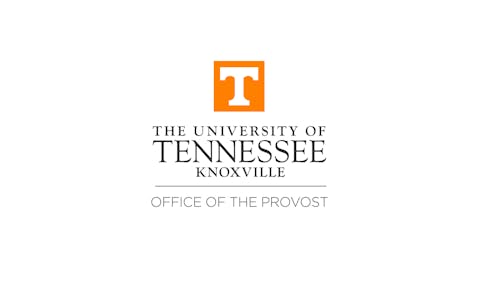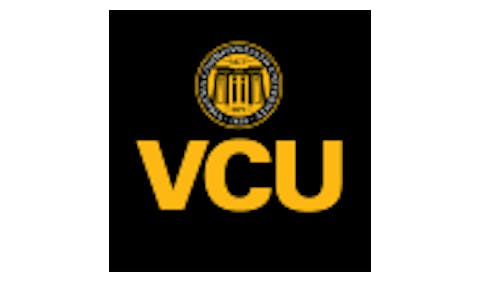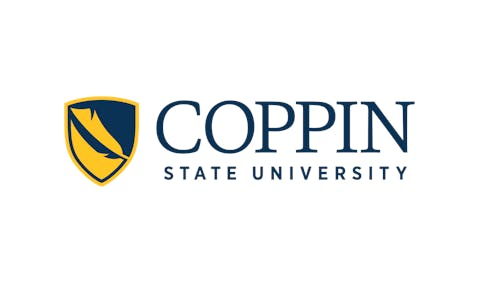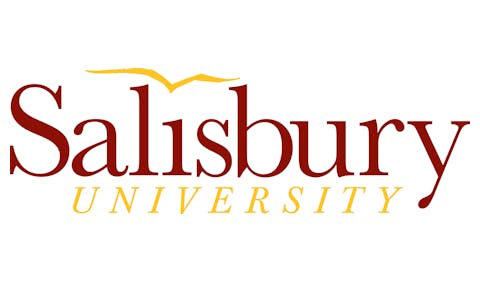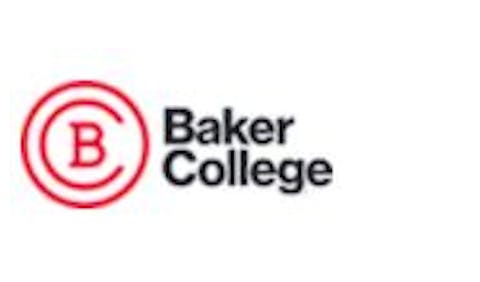Washington — Citing disparities in graduation rates between students from rich and poor backgrounds, leaders from a group of public urban universities recently launched a new collaborative initiative to improve completion rates and eliminate the gaps.
“We must find solutions,” said Mark Becker, president of Georgia State University, which is one of six urban public institutions participating in “Collaborating for Change”—an initiative launched last week by the Association of Public and Land-grant Universities, or APLU, and the Coalition of Urban Serving Universities, or USU.
The purpose of the initiative is to help the participating universities—as well as others—to “enact and scale a series of transformations aimed at admitting, retaining, educating, and graduating high-need, traditionally at-risk students while reducing costs, reexamining campus business models, and fostering mutually beneficial campus-community engagement.”
“Collaborating for Change isn’t just about outlining steps public urban universities can take to improve student success,” said APLU President Peter McPherson. “It’s about helping them actually implement those changes so we can begin to see the progress and improvement that is needed.”
Becker and McPherson said the initiative is also aimed at helping the United States have 60 percent of working age adults earn a post-secondary degree—consistent with the Obama administration’s goal to make the U.S. have the most college-educated workforce in the world by 2020.
Besides Georgia State University, the initiative, which is supported by the Bill & Melinda Gates Foundation, includes California State University, Fresno; Florida International University; Portland State University; Temple University; and the University of Illinois at Chicago.
At a kickoff event, institutional leaders shared some of the things they have been doing as of late to improve graduation rates.
For instance, at the University of Illinois at Chicago, Emanuel D. “Mannie” Pollack, interim vice provost for undergraduate affairs, said the school has launched and consolidated a series of efforts that range from developmental math reform to enhancing advising to marketing its “Finish in Four” campaign to help students complete their degrees in four years.
UIC also began working with Bottom Line, an organization that helps low-income and first-generation students get through school by providing campus-based, personalized support.
At Florida International University, president Mark Rosenberg said faculty members are being reoriented in their educational approach to make sure they understand that “the old days of ‘weed-out’ courses is no longer acceptable.” The school has also employed the use of dozens of “learning assistants,” or students who serve as “peer-to-peer” educators in tough STEM classes such as algebra and physics.
The Collaborating for Change initiative will involve helping APLU and USU member institutions learn from the effort, including through reports and webinars, as well as institutional summaries and overviews of “transformational strategies” pursued by each campus to date. For more information about the initiative, check out its web page here.
Jamaal Abdul-Alim can be reached at [email protected] or follow him on Twitter @dcwriter360.










